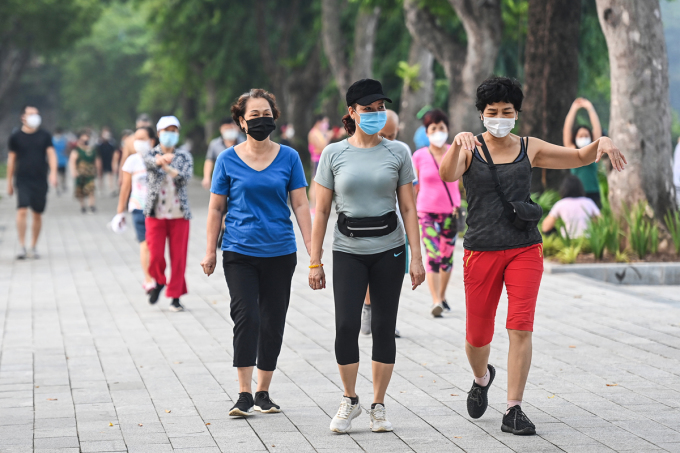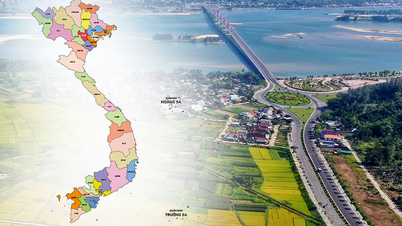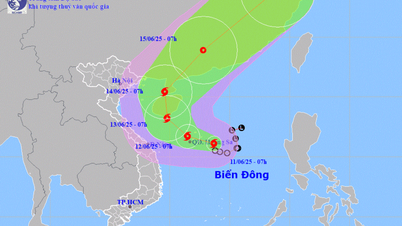By the end of 2023, Vietnam's population will reach 100.3 million people, population quality will improve, birth rate will decrease sharply, and average life expectancy will increase.
The information was stated by the General Statistics Office in the announcement on the socio -economic situation in the fourth quarter and 2023, dated December 29.
Accordingly, the average population in 2023 is estimated at 100.3 million people, an increase of nearly 835,000 people (0.84%) compared to 2022. Of which, the urban population is 38.2 million people, accounting for more than 38%; the rural population is more than 62 million people, accounting for nearly 62%; males are 50 million people, accounting for 49.9%; females are 50.3 million people, accounting for 50.1%.
The General Statistics Office's report also shows that the sex ratio of the population in 2023 is 99.5 males/100 females. The average life expectancy is 73.7, a slight increase compared to 2022 at 73.6 years, of which males are 71.1 years old and females are 76.5 years old.
The country's labor force aged 15 and over is 52.4 million, an increase of more than 666,000 people compared to the previous year. In 2023, the employed labor force will be 51.3 million people, an increase of 683,000 people (1.35%) compared to the previous year.
This year, the average income of workers is 7.1 million VND/month, an increase of 6.9%, equivalent to an increase of 459,000 VND compared to last year. Of which, the average income of male workers is 8.1 million VND/month, female workers is 6 million VND; the average income of workers in urban areas is 8.7 million VND/month, in rural areas is 6.2 million VND/month.
Vietnam's total fertility rate in 2023 is 1.95 children per woman, down from last year (2.01 children) and below the replacement fertility target of 2.1 children. The two alarming areas are the Southeast and Mekong Delta, where fertility continues to decline (around 1.5 children per woman). This year, Ho Chi Minh City's fertility rate is 1.27 children per woman, the lowest in the country.
However, Vietnam's population has not yet reached its peak. According to the General Statistics Office, the country's population will increase to 107 million people by 2044, then decrease to 72 million people by 2100. Vietnam is in the transition phase from high to low birth rates, from early to late birth patterns, from a young population structure to an aging population.

Hanoians exercise at Hoan Kiem Lake. Photo: Giang Huy
Mr. Mai Trung Son, Deputy Director of the Department of Population Size - Family Planning, Department of Population, said on December 26 that Vietnam's population growth rate has decreased sharply from a very high level of 3.9% (1960) to 1.14% (2019) and 0.95% (2021). The General Statistics Office also forecasts that in the average fertility scenario, by 2069, Vietnam's average population growth rate will be 0. Meanwhile, in the low fertility scenario, in just 35 years, Vietnam will face the reality of a negative population growth rate.
The United Nations predicts that by the year 2500, Vietnam's population will be only 3.6 million people, equal to Nghe An province now, if the birth rate continues to decrease.
Le Nga
Source link


































































































Comment (0)